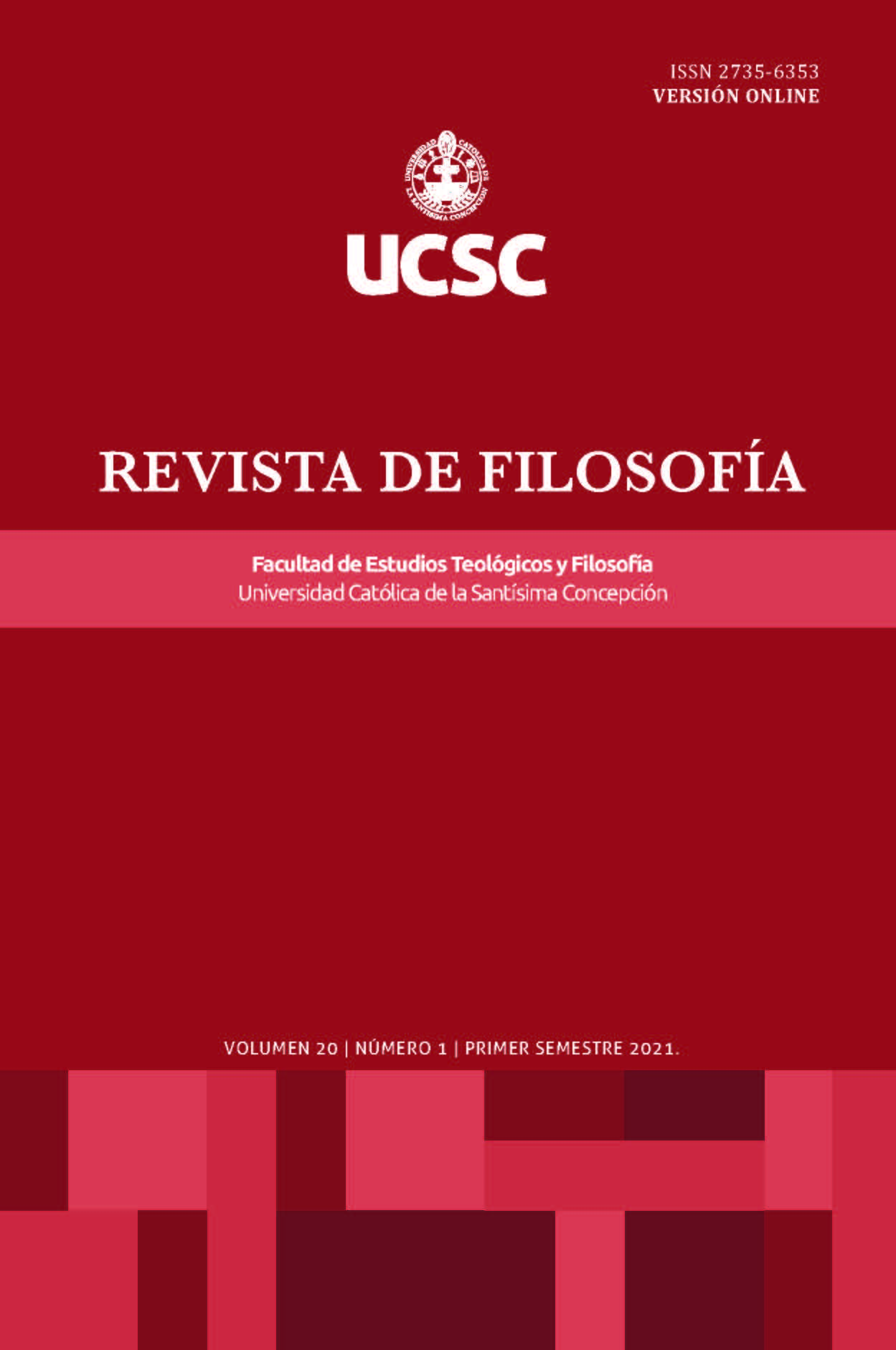Epicureans, stoics and christians. An interpretation of the concepts of happiness described by saint augustine of hippo in de beata vita
Main Article Content
Abstract
The present research argues that Saint Augustine of Hippo subtly alluded to the Epicureans and Stoics in De Beata Vita (On the Happy Life) without mentioning them explicitly. The allusions in this dialogue became evident in De Trinitate and his sermons on Saint Paul, which now provides an opportunity to convert subtlety into clarity. By interpreting the conceptions of happiness described by the African philosopher in De Beata Vita, it was discovered that a discussion between the Epicureans, Stoics, and Christians (the tripartite division proposed by Saint Augustine himself in his sermons) underlies this dialogue, illustrating the following divergences: 1) for the Hellenistic schools, serenity can be found in an interior disposition, whereas for Christians, the longing for a transcendent Good is a sine qua non for the happy life, and 2) the Stoics and Epicureans propose to seek happiness by limiting desires (cupiditas), whereas Christians exalt the velle or desiderare of the Supreme Good, that is, God. However, it should not be forgotten that there is also a convergence in moderating desires (Christians moderate cupiditas without abandoning desiderare).
Downloads
Metrics
Article Details

This work is licensed under a Creative Commons Attribution-NonCommercial 4.0 International License.
The Revista de Filosofía UCSC is an open access journal and does not charge for publication. In addition, it regulates its Copyright and access policy according to the Creative Commons Attribution-NonCommercial 4.0 International Public License (CC BY-NC 4.0), therefore sharing (reproducing and distributing the material in any medium or format) and adaptation (modifying, transforming, and creating from the material) is allowed as long as proper credit is given and the citation is included with the corresponding data. Moreover, it is not allowed to use the material for commercial purposes.
References
Arendt, H. (2001): “Caritas y cupiditas”, en El concepto de amor en san Agustín, Madrid: Ediciones Encuentro.
Capánaga, V. (1974): “Tres tipos de hombre”, en Agustín de Hipona: maestro de la conversión cristiana, Madrid: BAC.
San Agustín (1956): “Las dos condiciones de la felicidad”, en Obras de San Agustín V. Tratado sobre la Santísima Trinidad (En edición bilingüe), Madrid: BAC.
San Agustín (1958): “También en la filosofía moral llevan la palma los platónicos”, en Obras de San Agustín XVI. La Ciudad de Dios (En edición bilingüe), Madrid: BAC.
San Agustín (1967): “Salutación a Jerusalén”, en: Obras de San Agustín XXII. Enarraciones sobre los Salmos (4º y último), Madrid: BAC.
San Agustín (1969): “De la vida feliz”, en Obras de San Agustín I (En edición bilingüe), Madrid: BAC.
San Agustín (1974): Obras de San Agustín II. Las Confesiones (En edición bilingüe), Madrid: BAC.
San Agustín (1983): “Pablo en Atenas”, en Obras de San Agustín XXIII. Sermones 3º (En edición bilingüe), Madrid: BAC.
FitzGerald, A. D. (ed.) (1999): “The Structure of the Cassiciacum Writings”, in Augustine Through the Ages, Michigan: William B. Eeerdmans Publishing Company.
Gómez Robledo, A. (1955): “La ética de San Agustín”, Diánoia, N° 1, pp. 236-260.
Heidegger, M. (1997): “El ‘curare’ como rasgo fundamental de la vida fáctica. Capítulo vigesimoctavo y vigesimonoveno”, en Estudios sobre mística medieval, Ciudad de México: Fondo de Cultura Económica.
Ionut Mihai, C. (2014): “Reconstructing Cicero’s Hortensius. A Note on Fragment 43 Grilli”, Philologica Jassyensia, N° 10, pp. 451-456.




